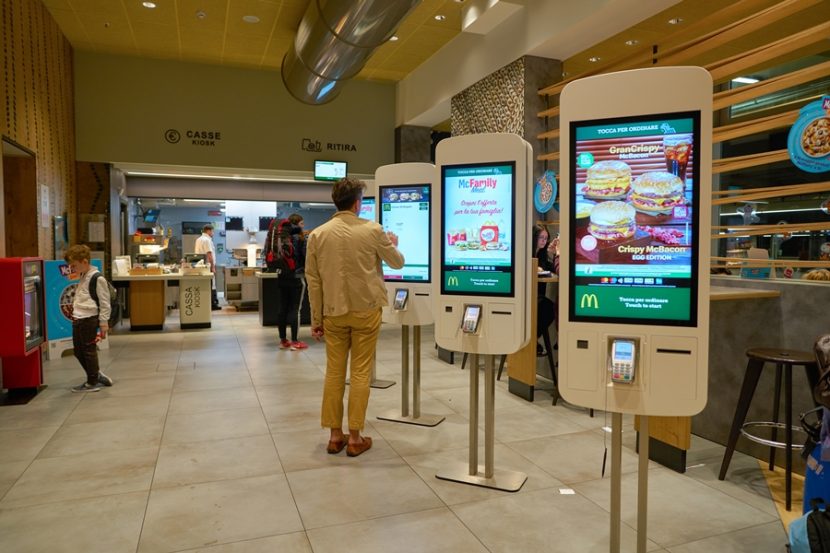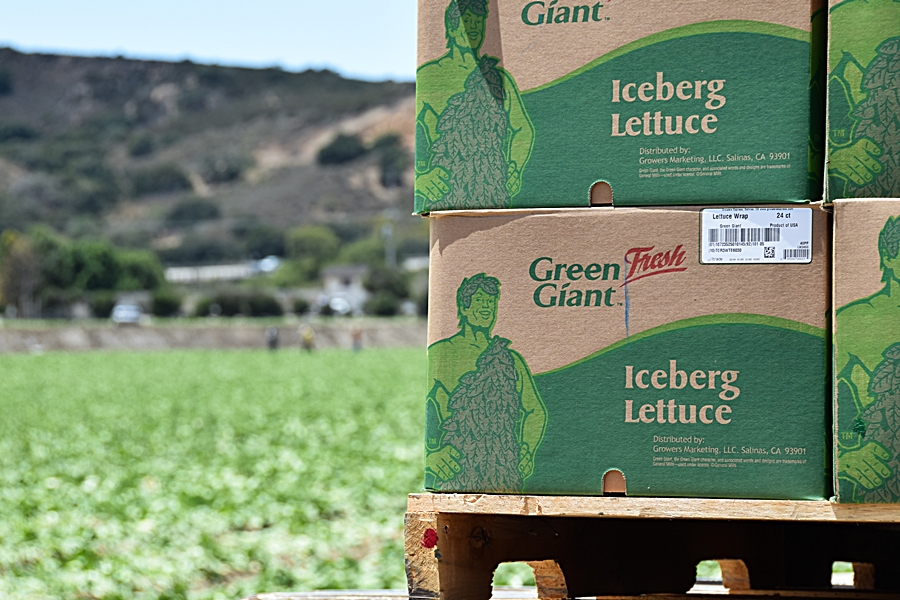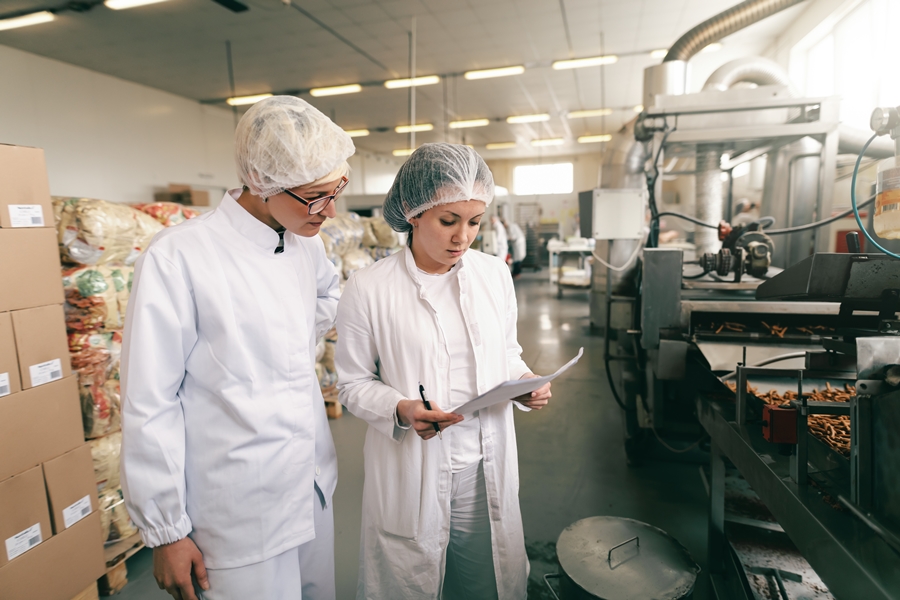Using Innovative Technology to Solve Historic Food Safety Challenges
By Jacki Ross
For decades, the entire food industry has complied with cross-border U.S. Food and Drug Administration (FDA), and health and safety requirements to protect all customers, regardless of where they purchase their food. That means that North American food production facilities and restaurants must adhere to the same food safety standards.
While that’s clearly a good thing, globalization and market demand have transformed food production facilities into innovative tech-driven, super-factories while restaurants have largely not kept pace. For years, many restaurants believed that point-of-sale systems and free WiFi represented the height of tech savvy-ness. The use of advanced technology and automation has generally lowered the cost of food, dramatically increasing user demand for non-home cooked meals. In fact, studies suggest that people are eating out at restaurants more than they eat at home. Yet food production’s rapid technological advancements have not translated to the restaurant industry in the same way.
Restaurants now seem more willing to experiment with technological solutions to old problems
However, a new era dawns. Innovative technology is beginning to displace hourly workers who cook food and serve guests. For example, automated ordering systems and self check-outs are now popping up everywhere from fast food places to grocery stores, and food delivery apps continue to explode in popularity. Restaurants now seem altogether more willing to experiment with technological solutions to old problems.
But what does this recent embrace of technology mean for the ever-present challenges of food safety?
Food safety is critically important—and notoriously time-consuming. Traditionally, restaurant staff have manually checked and recorded food and appliance temperatures at regular intervals, noting them by hand in paper HAACP logs. This paperwork acts as proof of compliancy for visiting safety inspectors. In addition to its labour-intensiveness (and cost), this process is vulnerable to human error.
Luckily, many restaurants are now opting for a technological solution: automated temperature monitoring. By installing wireless temperature sensors in any appliance they wish, managers can have 24/7, real-time visibility on their kitchen. And if a fridge or warmer veers into an unsafe temperature zone, management will receive an alert, allowing them to fix the problem before food is put at risk. Plus, paperless logs mean they can pull up a report at any time on their mobile device to show safety inspectors proof of compliancy.
It bears mentioning, however, that while restaurants and food production facilities are bound by temperature-related regulations, app-based food delivery companies such as Skip the Dishes or UberEats are not. How many delivery customers are aware that food safety rules do not apply to their favourite apps? Unfortunately, until consumers demand it, these companies will not address this glaring issue. Meanwhile, restaurants are seizing the opportunity to take back control of their delivery services by promising—and ensuring—their at-home customers receive hot, safe food.
Automated temperature monitoring represents just one way that innovation can spur positive change within the food industry. As more restaurants embrace technology’s potential, they will find it easier to meet important food safety standards—and exceed their customers’ expectations.
About the Author
Jacki Ross is Director of Marketing at blueRover Inc., a food safety solutions company that helps organizations automate and digitize their food safety practices. BlueRover works with industry-leading companies in the food production, distribution, warehouse and retail markets to develop easy-to-use, efficient products designed specifically for the unique challenges of the food industry.

-
 FeaturedRisk management
The Cost of a Breach: What a Cyberattack Could Mean for Food Safety Recalls
FeaturedRisk management
The Cost of a Breach: What a Cyberattack Could Mean for Food Safety Recalls
-
 FeaturedRisk management
Securing the Food Chain: How ISO/IEC 27001 Strengthens Cybersecurity
FeaturedRisk management
Securing the Food Chain: How ISO/IEC 27001 Strengthens Cybersecurity
-
 FeaturedRisk management
Revolutionizing Food Safety Training: Breaking Out of the “Check-the-Box” Mentality
FeaturedRisk management
Revolutionizing Food Safety Training: Breaking Out of the “Check-the-Box” Mentality
-
 GFSI Standards
GFSI 2025: Building Trust, Tech-Forward Solutions, and Global Unity in Food Safety
GFSI Standards
GFSI 2025: Building Trust, Tech-Forward Solutions, and Global Unity in Food Safety
-
 FeaturedFood Safety
Integrated Pest Management: Strategies to Protect Your Brand’s Reputation
FeaturedFood Safety
Integrated Pest Management: Strategies to Protect Your Brand’s Reputation
-
 FeaturedFood Safety Culture & Training
No Open Door Policy: Challenges That Impact Pest Control in Food Processing Plants
FeaturedFood Safety Culture & Training
No Open Door Policy: Challenges That Impact Pest Control in Food Processing Plants




